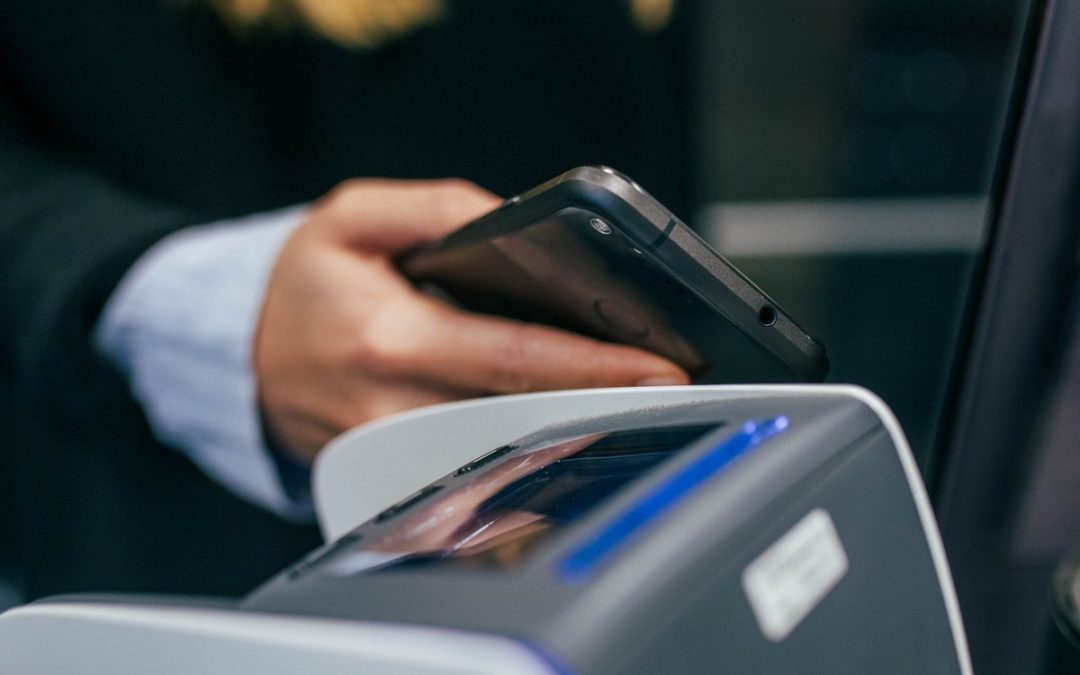As a business owner, you invest a great deal of time and resources into creating experiences that will please your customers. You study data to provide the right merchandise mix or the right menu and monitor inventory to make sure that in-demand items are always available. You train your team so they can efficiently carry out processes and interact well with customers. You also ensure your store or restaurant reflects your brand and creates a customer-centric atmosphere.
You may not, however, give much thought to how processing credit cards impacts the customer experience. But when lines grow long and customers lose their patience or, worse yet, your business experiences fraud or a data breach, the impact credit card processing can have will be obvious. Here are four ways that your credit card terminal — and the payment processor that it communicates with — impact customer experiences.
- Speed
Your customers want checkout and payment to be fast. In fact, a TimeTrade survey found that 70 percent of retailers see customers abandon purchases if they have to wait 5 minutes or more. Your customers have grown accustomed to one-click ordering online and using their smartphones for instant access to information. They won’t have the patience to wait at a credit card terminal during awkward or slow payment transactions.
- Choice
If you’re still swiping credit cards, you probably aren’t meeting your customers’ expectations for a modern payment experience. Consumers want the convenience of using their preferred payment methods. They expect the ability to choose the most convenient way to pay, whether that means they’re using a mobile wallet, contactless payment card, debit card, or gift card. Not accepting your customers’ preferred payment types may give the impression that your business isn’t using up-to-date technology.
- Security
In addition to transaction speed and choice of payment method, customers demand payment security. U.S. consumers began using EMV chip cards in 2015, and they’re now in the habit of “dipping” their cards instead of swiping. They also understand that the smart chip in the card communicates with the credit card terminal. This technology provides them with an extra layer of security to protect their accounts from criminals who steal account data and create counterfeit cards.
Your payment processing provider may also offer point-to-point encryption (P2PE) that protects payment data from the time a customer dips a payment card until it is transmitted for processing. Some credit card terminals are designed so payment data bypasses your point of sale system (POS system), so if hackers gain access, they won’t find payment card data. The decisions you make about the payment processing system to use can have a big impact on payment security and the checkout experiences you’re providing to your customers.
- Engagement
Your payment solution can include a second, customer-facing screen. This option allows you to capture signatures and complete payment transactions more efficiently, but also engage customers. They can confirm prices as you enter them and see their total during the checkout process. A second screen also gives you the opportunity to display ads or promotions or other content to engage customers.
Create Payment Experiences that Meet Your Customer’s Expectations
Checkout is usually the last opportunity you have to make a good impression with customers during their visits to your store or restaurant. It’s vital to make your customers’ experiences as positive as possible, so choosing a payment processor and credit card terminal isn’t a decision to take lightly. You need the right payment processing solution to create customer-pleasing, loyalty-building experiences.
The best payment processing solution for your business will also provide you with benefits including a credit card terminal design that’s easiest for your sales associates or cashiers to use efficiently, integration with e-commerce, features that help you meet PCI compliance more easily, and fewer chargebacks.
Contact PlazSales to learn more about payment solutions available to your business.
To help pizzeria owners, pizza point of sale (pizza pos) is more than just a cash register or adding machine — it’s a hub where you can manage your entire business.
Pizza shops have long managed their business in the traditional, manual manner. Much like pizza itself, why stray too far from what has worked? This may mean using pen and paper to order ingredients, taking down orders over the phone. You may be using a non-integrated payment system to swipe credit cards. But that means workflows that take extra time through a shift and at the end of the day. Modern customers want the convenience of online ordering and payment. And like customers always have, they still expect prompt service and their food served warm and tasty as ever.
With Pizza POS, you can streamline your operations to reduce waste. It’s a win for everyone: The more efficiency you can build into your business, the more successful you will be at keeping your customers and employees happier.
Pizza POS Features
Point of sale systems for pizzerias are unique among those for other restaurants and businesses because pizzerias are a different kind of operation. Pizzas are almost endlessly customizable in a way that other restaurants are not expected to deal with. How big of a pie does a customer want? Which certain toppings only go on which certain halves? It’s easy for a mix-up or misunderstanding to occur when relaying these orders verbally and recording them manually. Better to have a system that is designed and optimized for these specific kinds of orders.
Pizza POS systems need to give your business these capabilities:
- Modify options for size and toppings on pizzas. When the menu changes, the system can easily adapt as well.
- Inventory management that lets you know exactly what you have, how much you use, so you never run out of ingredients while reducing food waste.
- Online ordering to suit busy customers’ schedules and for added convenience.
- Delivery management to provide your delivery drivers with directions and constant traffic updates to get them where they need to be on time. You can also let your customers know when their delivery is dispatched so they aren’t left guessing.
- Loyalty program features to keep your customers coming back by rewarding them for doing so. The right pizza POS system will allow you to digitally manage your customer accounts and rewards with ease.
- Customer relationship management (CRM) that allows you to optimize your sales and marketing campaigns, forecast future sales, and automate simple digital features to leave your staff more time for complex tasks.
- Integrated payments — no longer take that extra time at the end of the day to do your payment reports.
- Offline mode for business continuity, even if your network connection is interrupted
- Reporting that provides you with visibility into what your customers are ordering, their preferred methods of payment, the times the rush comes in, and track labor hours and employee performance.
Just What You Ordered
In this day and age, pizzerias face steep competition and small profit margins. To keep operating while making a profit, you need the ability to operate efficiently and build a base of loyal customers. When it comes to optimizing your business, in all specifics unique to pizzerias, pizza POS can help.
To learn more about point of sale systems that help pizzerias run efficiently and profitably, contact PlazSales.
For more tips, information, and insights, subscribe to our blog. It only takes a few seconds to subscribe by entering your email address.


Recent Comments